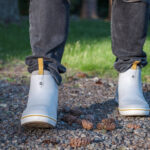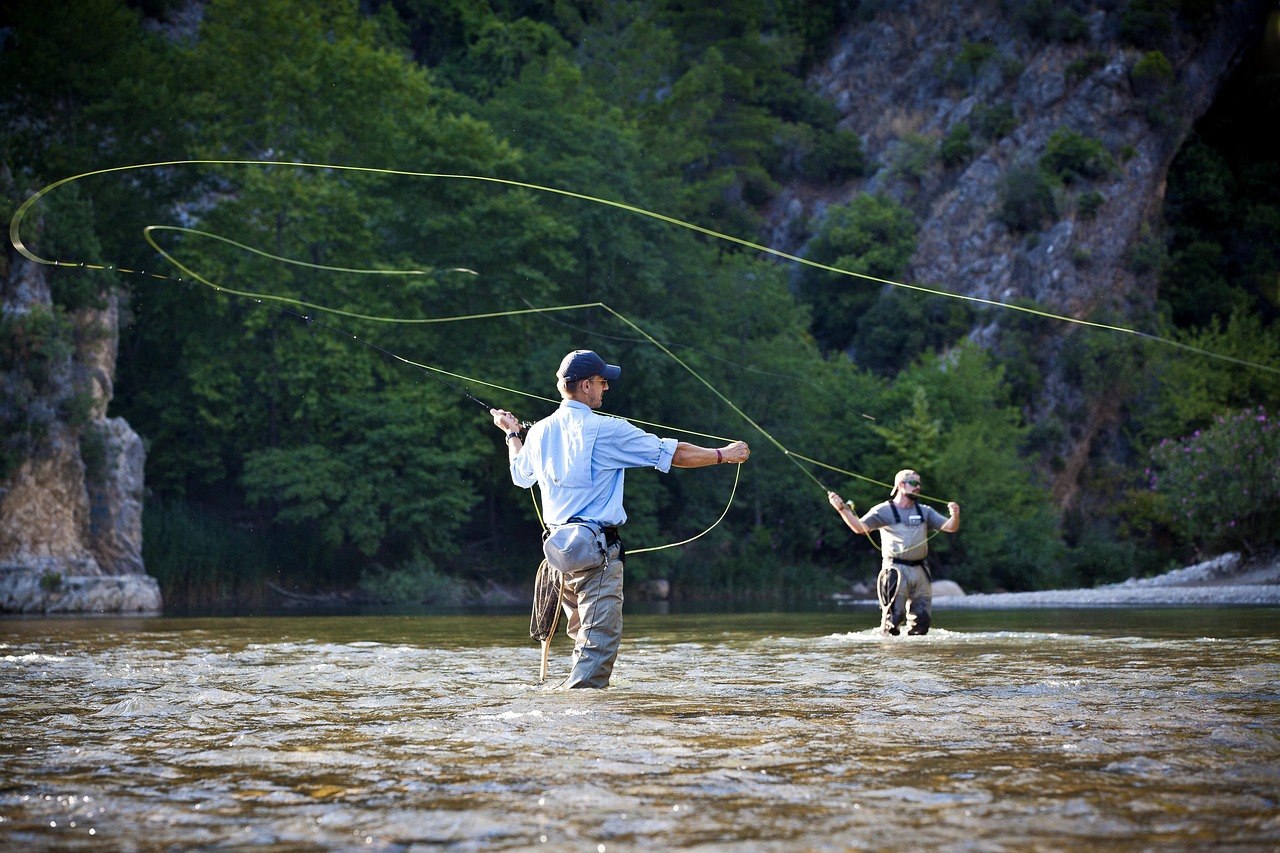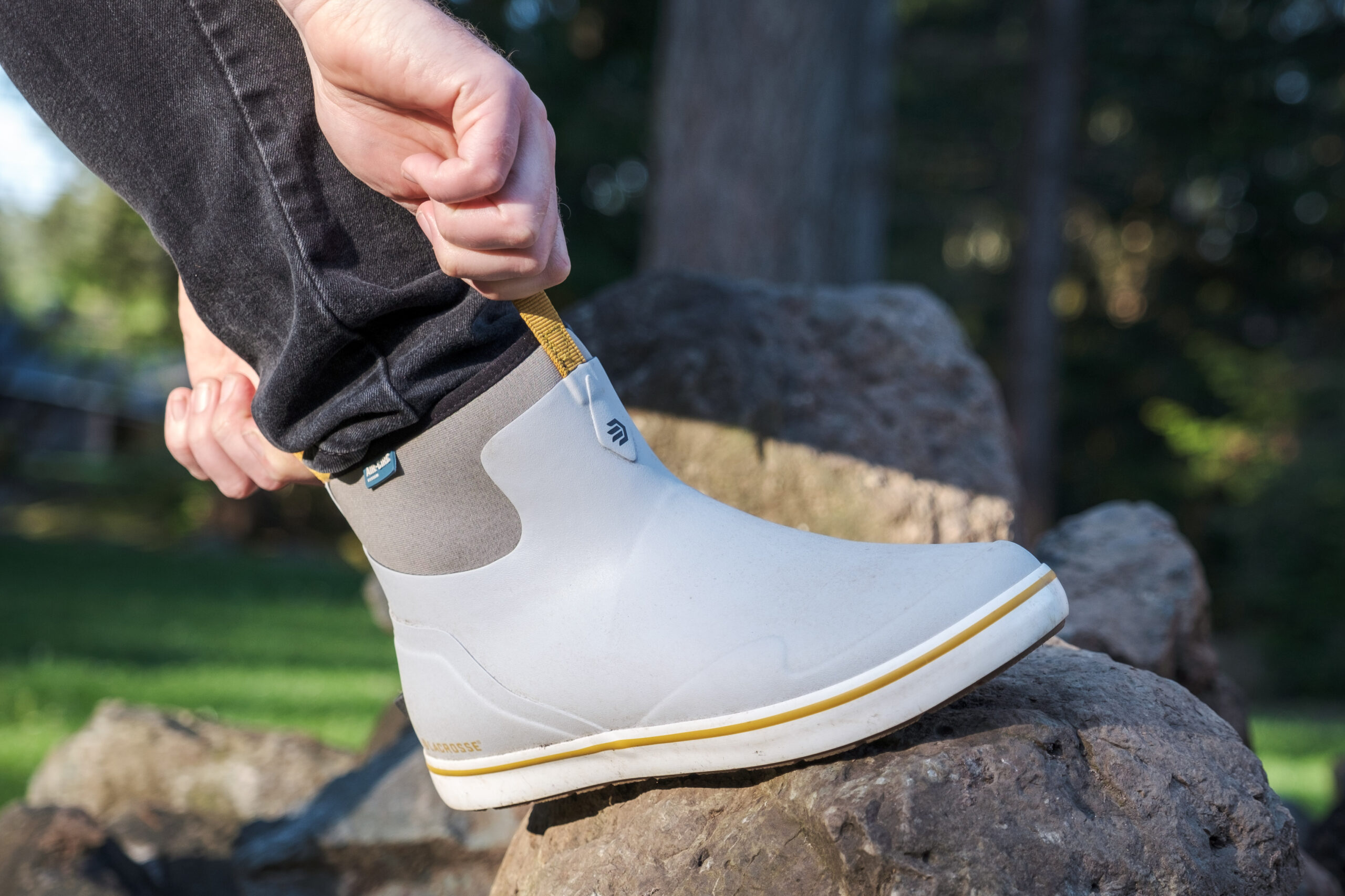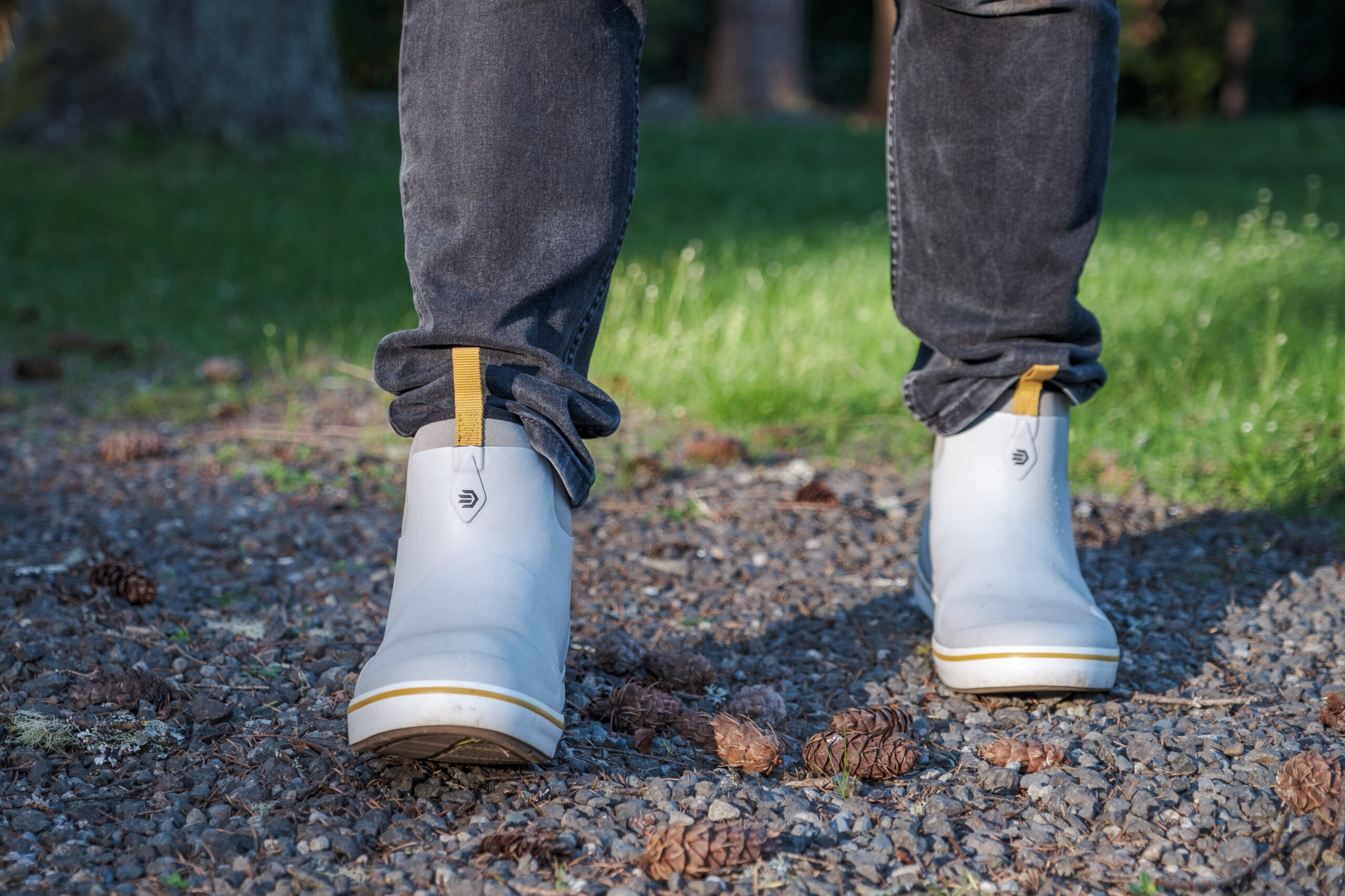Fishing big lakes or rivers is great—but there’s something special about grabbing your rod, slipping on a pair of waders, and heading into a flowing creek or stream. These waters are intimate, scenic, and packed with fish—if you know how to approach them.
Whether you’re chasing wild trout in cool mountain water or casting for smallmouth in a warm, meandering creek, stream and creek fishing requires finesse, awareness, and the right strategy. Here’s how to wade in and fish like a seasoned pro.
1. Gear Up Smart and Light
When you’re moving through water, mobility is key. The lighter your load, the longer and more comfortably you can fish.
Essential Creek and Stream Setup:
- Rod & Reel: A 6’6″ to 7′ light or medium-light spinning rod is versatile and ideal for tight casting quarters.
- Line: 4-8 lb fluorocarbon or monofilament—light line helps in clear water and makes smaller presentations look natural.
- Lures: Think small. Inline spinners, micro-crankbaits, soft plastic grubs, or weightless worms are deadly in small water.
- Wading Gear: Breathable chest waders or quick-dry pants and wading boots with solid grip are musts. Always use a wading belt for safety.
- Minimal Tackle Pack: A sling bag or small chest pack keeps you agile and hands-free.
Pro Tip: Polarized sunglasses are non-negotiable—they’ll help you spot fish, read current seams, and avoid underwater obstacles.
2. Learn to Read the Water Like a Local
In small waters, fish don’t just live anywhere. They hold in specific locations where food is delivered to them and they feel safe from predators.
Key Holding Spots to Target:
- Current Breaks: Rocks, downed trees, or deep bends where fast water slows—fish sit just behind them waiting for food.
- Undercut Banks: Especially for trout and smallmouth, these are prime hiding and ambush spots.
- Eddies and Seams: Areas where two currents meet, or where the water swirls slowly—perfect for an opportunistic strike.
- Tailouts and Riffles: Oxygen-rich, food-filled zones where fish feed actively.
Watch the water before casting. Fish in creeks and streams spook easily. A stealthy approach is half the battle.
3. Make Your First Cast Count
You usually get one good shot at each fish in a creek. If you spook it, it’s game over.
How to Cast Like a Stream Pro:
- Cast Upstream: Let your bait drift naturally down, just like real food would.
- Keep Your Shadow Off the Water: Fish are sensitive to movement above.
- Use a Soft Entry: Avoid big splashes; lob your lure or fly gently.
- Drift First, Twitch Later: Start with a natural drift before adding movement—many strikes come when the bait slows near a fish’s face.
Bonus Move: Let your bait swing at the end of your drift and give it a little twitch—this often triggers aggressive fish that watched it drift by.
4. Move Methodically—but Be Ready to Skip Ahead
Fishing creeks is a balance of patience and mobility. If a spot looks fishy, work it slowly with multiple casts. But if you cover it thoroughly and strike out, move upstream.
Don’t waste time on dead water. Focus on:
- Deeper pools
- Bends
- Areas with structure
- Shaded spots (especially in midday)
Each bend or pocket you reach is a fresh opportunity, and fish often won’t have seen a lure in days—sometimes weeks.
5. Mind the Season and Weather
Creek and stream fishing changes with the seasons—and so do the fish.
- Spring: Water’s often higher and faster. Fish hug the banks or breaks to rest. Use slightly heavier lures to stay in the strike zone.
- Summer: Low, clear water calls for finesse. Fish are spooky. Go early, go late, and go small.
- Fall: Fish feed heavily before winter. Cover more ground, and don’t be afraid to use slightly bigger baits.
- After Rain: Murky water is gold—fish feel safer and feed actively. Use flashier or darker lures and work the current edges.
6. Practice Stealth and Respect
Stream fish are sharp. To beat them:
- Approach from downstream.
- Stay low. Use bushes and rocks for cover.
- Step carefully—avoid splashing or heavy footfalls.
- Respect landowners if you’re on or crossing private land.
- Always pack out what you pack in—leave the water better than you found it.
7. Don’t Overlook Panfish and Smallmouth
Sure, trout get all the glory—but many streams and creeks hold monster panfish, creek chubs, and aggressive smallmouth bass. If you’re fishing warmer waters, throw a small topwater, grub, or swimbait and hang on.
These underrated fish can make for some of the most exciting ultra-light action out there.
Final Cast
Creek and stream fishing is about connection—to the fish, the water, and the outdoors. You don’t need a boat or fancy electronics. Just a rod, some good boots, and a willingness to explore.
So next time the weekend rolls around, skip the crowds, wade into that flowing water, and fish like a pro. You’ll catch more than just fish—you’ll catch peace, rhythm, and maybe your new favorite fishing hole.











